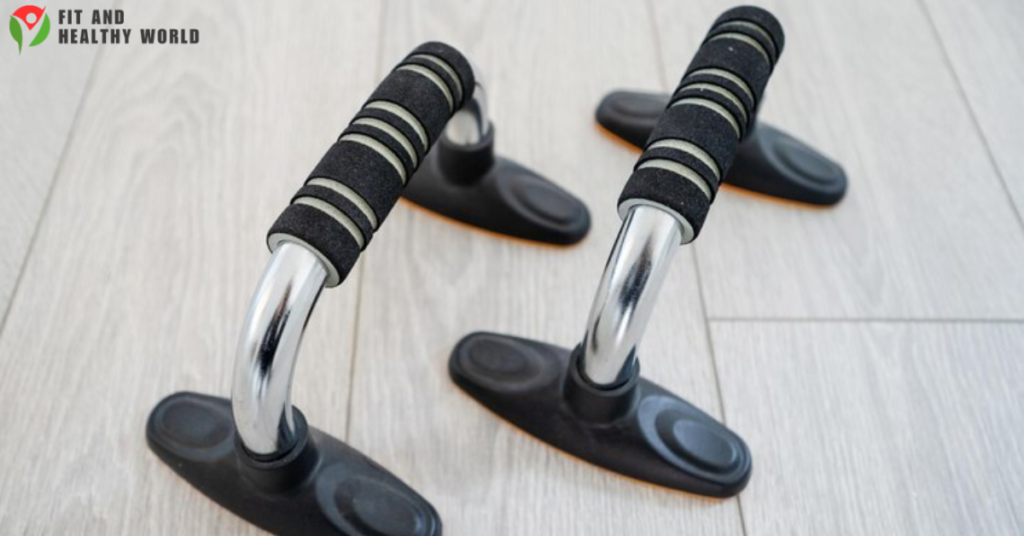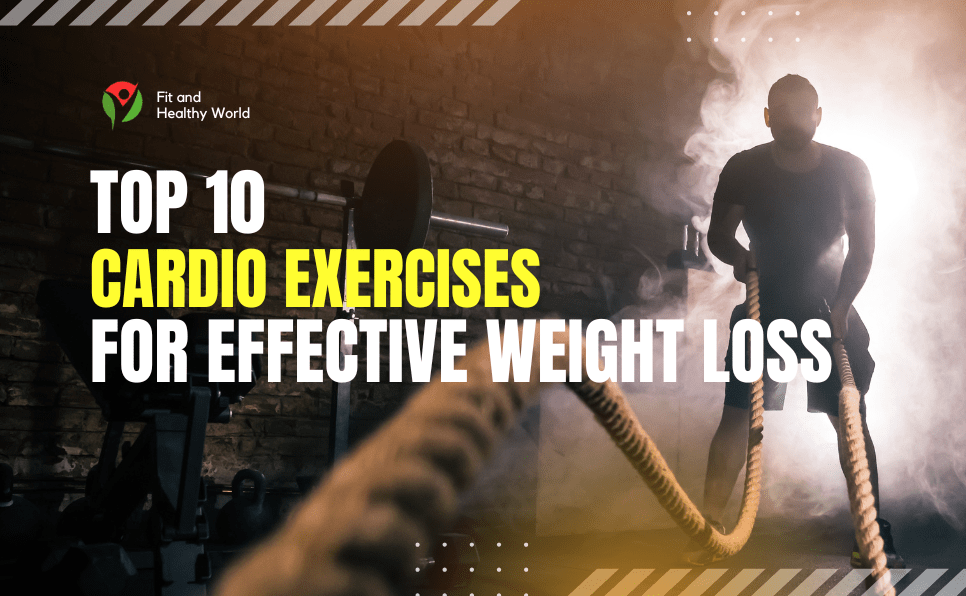Building a defined inner chest takes more than just regular push-ups or bench presses. If your goal is to enhance visual chest symmetry and achieve that deep line down the middle, you need chest workouts for inner chest that focus on controlled tension and isolation. Strengthening this area requires activating the sternocostal head of the pectoralis major through specific pec-focused training.
These movements create pressure across the midline, forcing both sides of your chest to work together. Whether you’re aiming for aesthetic balance or serious size, the right strategy blends mechanical tension, proper form, and consistent effort to sculpt impressive inner pecs.
What Is the Inner Chest?
The inner chest is not a separate muscle. It’s part of the pectoralis major, the large fan-shaped muscle across your upper body. What people call the “inner” part is the area closest to the sternum. This section can be emphasized using pec-focused training techniques.
Many lifters struggle to grow this area. That’s because most traditional pressing variations target the middle or outer pecs. With smart angles, like using cable machine exercises or dumbbell isolation movements, you can increase muscle fiber activation where it matters most. This leads to more chest definition and depth.
Why You Should Train Your Inner Chest
Training your inner chest does more than just improve appearance. It helps create a balanced physique and builds aesthetic chest training symmetry. By focusing on this zone, you also strengthen the sternocostal head of the pectoralis major, supporting better posture and shoulder control.
When only the outer chest develops, it can cause an uneven look. Inner pec work promotes uniform thickness across your chest. That translates to better performance in lifts like the bench press variation, more control in unilateral chest exercises, and less risk of shoulder strain. It’s key for both strength athletes and physique builders.
Anatomy of the Chest Muscles
The chest includes two main muscles: the pectoralis major and the pectoralis minor. The pectoralis major has two parts: the clavicular head, which runs from your collarbone, and the sternocostal head, which comes from your breastbone. Both are essential in pressing and flying movements.
The smaller pectoralis minor sits underneath and helps stabilize the shoulder blade. These muscles respond best to different angles and full range of motion. Studies show that the clavicular head activates more during upper chest exercises, while the sternocostal head works harder during horizontal presses. Understanding chest anatomy helps guide smarter programming.
Best Inner Chest Exercises (With Instructions)
Targeting the inner chest requires isolation, angle control, and contraction. One of the best is the Deficit Weighted Push-Up. It stretches the pecs deeply and forces more muscle-building strategy into the centerline. Place hands on platforms or dumbbells and lower your chest between them. Add weight on your back once bodyweight becomes too easy.
The High-to-Low Cable Flye mimics a hugging motion, which fires up the sternocostal head. Set cables high, bring hands down and across, and squeeze at the center. Keep elbows slightly bent and pause at the peak. Then there’s the Single-Arm Cable Press-Around, an advanced move for isolation chest movements. One arm at a time drives the cable across the torso, increasing isometric tension and building symmetry.
Another solid choice is the Incline Hex Press. This move combines pressing and squeezing, targeting the clavicular head while pressing dumbbells together. It enhances inner pec workout routine results through deep muscle activation techniques. Lastly, the Dumbbell Bench Press and Dumbbell Chest Press allow for better range and loadable pressing movement compared to machines.
How to Do Inner Chest Exercises Effectively
Good form is everything. To truly engage the inner chest, you must master the mind-muscle connection. Focus on the pecs doing the work, not your arms or shoulders. Contract the chest hard during each rep, especially at the top. Use slow reps with controlled tempo to boost functional hypertrophy.
Always maintain a full range of motion. Avoid locking out elbows and rushing through reps. Adjust angles as needed—some moves work better slightly incline or decline. Consistent tension is key. Don’t let weights rest or bounce. Keep your chest under pressure the whole time to trigger mechanical tension and hypertrophy.
Complete Inner Chest Workout Plan (Beginner to Advanced)
Below is a full plan tailored by level. Each version trains the chest 2–3 times weekly and hits the inner pecs from multiple angles.
| Level | Exercise | Sets | Reps | Rest | Days/Week |
| Beginner | High-to-Low Cable Flye | 3 | 12 | 60s | 2 |
| Deficit Weighted Push-Up | 3 | 10 | 60s | ||
| Intermediate | Incline Hex Press | 4 | 10 | 90s | 3 |
| Single-Arm Cable Press-Around | 3 | 12 | 75s | ||
| Advanced | Dumbbell Chest Press | 5 | 8 | 90s | 3 |
| Incline Hex Press + Flye Superset | 4 | 12 | 60s |
Stick with this plan for at least 8–12 weeks. Track your reps and weights. Progressively increase resistance to support muscle growth strategy and prevent plateaus.
Tips to Maximize Inner Chest Growth
For maximum results, don’t skip the small details. Always begin workouts with chest activation techniques. Warm-up sets with light cable or band flyes help stimulate fibers before heavy pressing. Use tempo reps—3 seconds down, 1-second squeeze—for deeper stress.
Another key is variety. Mix dumbbell isolation movements, machines, and cables. Switch up grips or pressing angles every few weeks. Keep form tight. Overloading with bad technique will hurt your gains and joints. End each session with a finisher like a slow Svend Press to burn out the inner pecs.
Equipment You Can Use for Inner Chest Training
To train the inner chest at home or the gym, use tools that allow freedom and control. The cable machine exercises are unmatched for flyes and crossover moves. Adjustable benches help set incline angles for better upper chest exercises.
Dumbbells are perfect for controlled presses and squeezes. For bodyweight work, a pair of sturdy blocks or push-up handles enables Deficit Weighted Push-Ups. Resistance bands can mimic many gym moves at home. Machines like the pec deck or plate-loaded press can also target the centerline if done with strict form.

Nutrition and Recovery for Chest Gains
Muscles grow when you rest and fuel them right. Aim for at least 1 gram of protein per pound of body weight daily. Choose lean meats, eggs, dairy, or whey protein to help recovery. Carbs power your workouts—use them before and after training to stay strong.
Sleep is your secret weapon. You need 7–9 hours a night to support recovery. Take 1–2 rest days between chest workouts to allow the tissue to repair. Supplements like creatine or citrulline malate may help boost performance and pump. Recovery and diet are as important as your reps when chasing chest hypertrophy.
Conclusion
A carved inner chest isn’t just something that magically happens one day, it takes smart training and dedication. Select the best pec-busting training methods, concentrate on moving quality weight, get your food and your rest, and watch what happens. In no time, your chest will be displaying a strong, balanced definition.
(FAQs)
How do you work the inner chest?
You bring the inner chest to life with things like High-to-Low Cable Flyes and Incline Hex Presses, concentrating on flexing at the midline.
Why won’t my inner chest grow?
It likely lacks targeted tension—use isolation chest movements and improve your mind-muscle connection for better results.
How to train the middle line of the chest?
Use pressing and flye movements that cross the midline, like Single-Arm Cable Press-Around, and emphasize peak contraction.
How to fix inner chest imbalance?
Include more unilateral chest exercises and slow, controlled reps to improve symmetry and equal muscle engagement.
How to target the middle of your chest?
Use moves that pull across your chest, especially cable machine exercises that allow full stretch and centerline squeeze.



